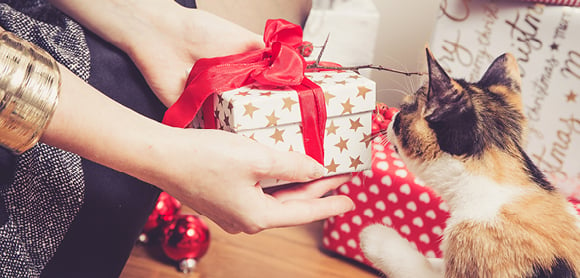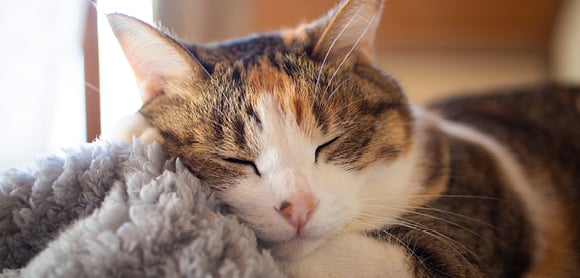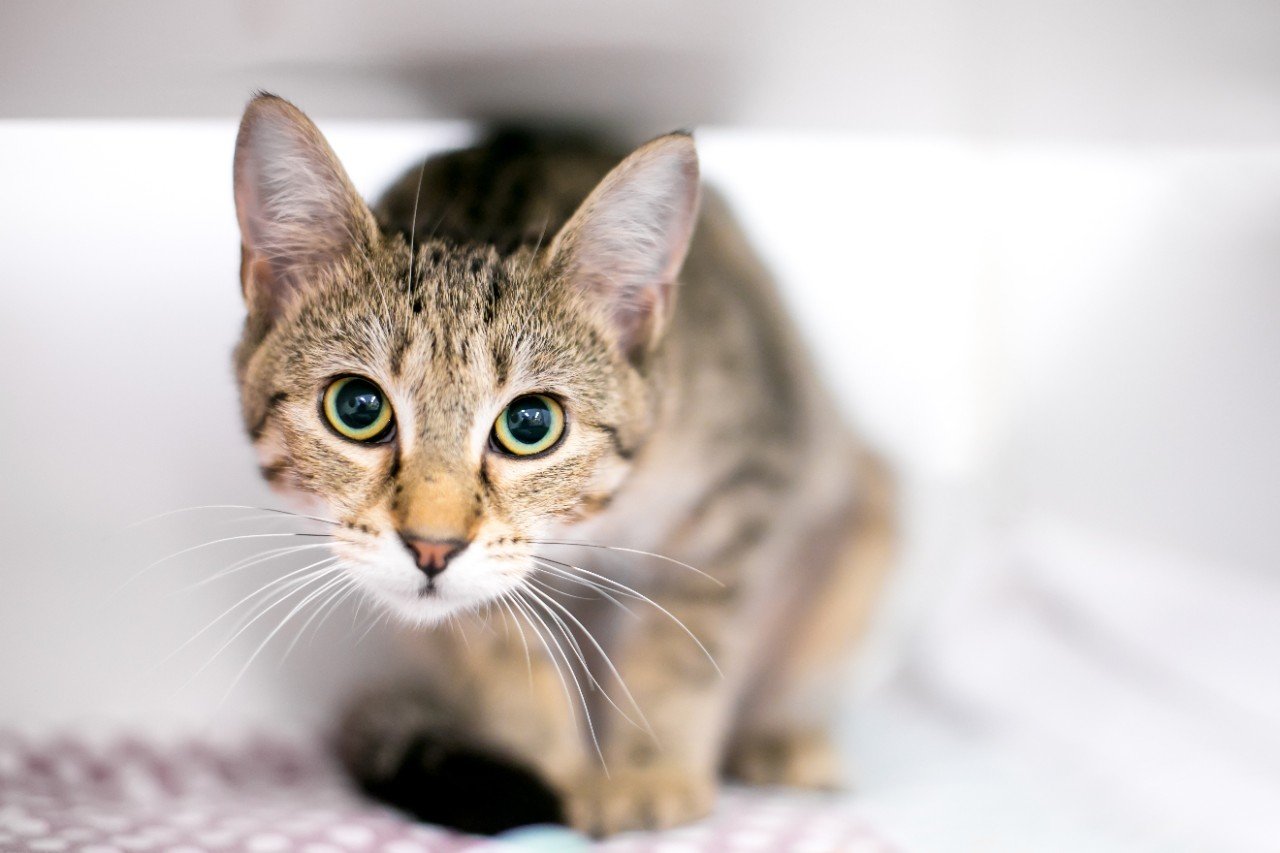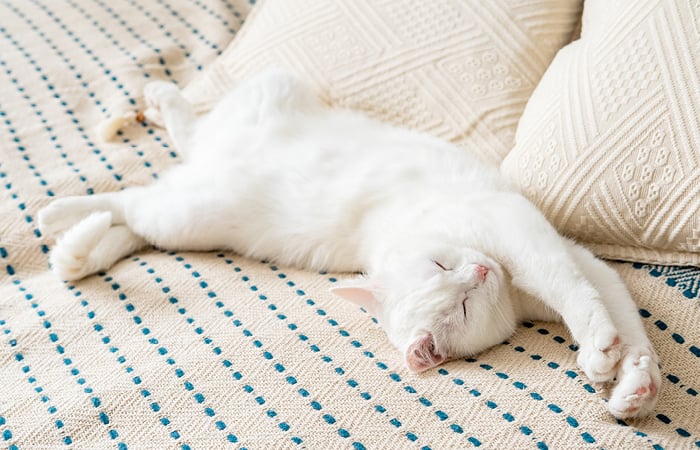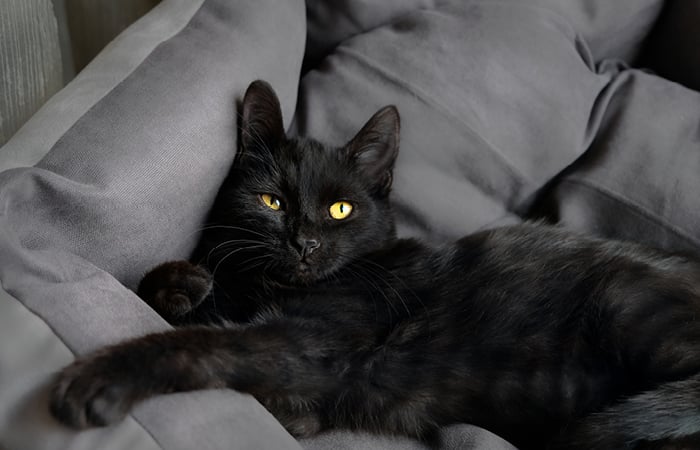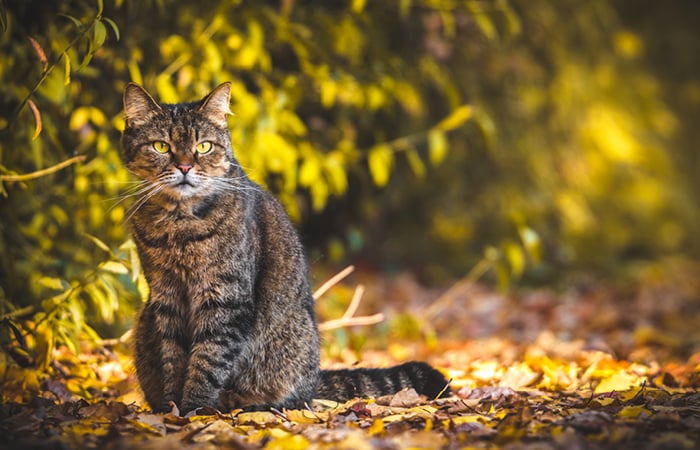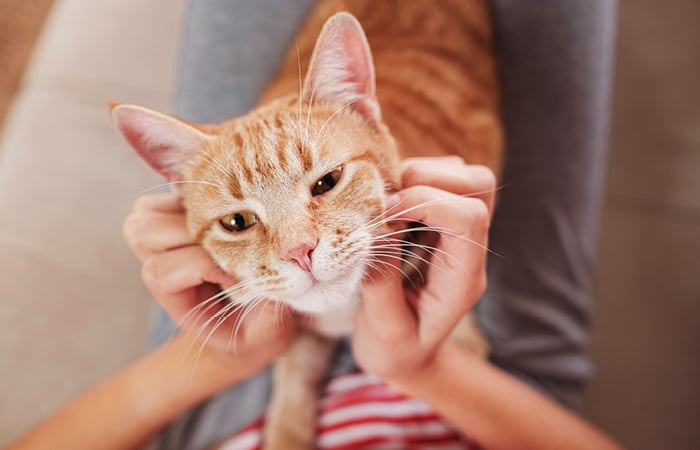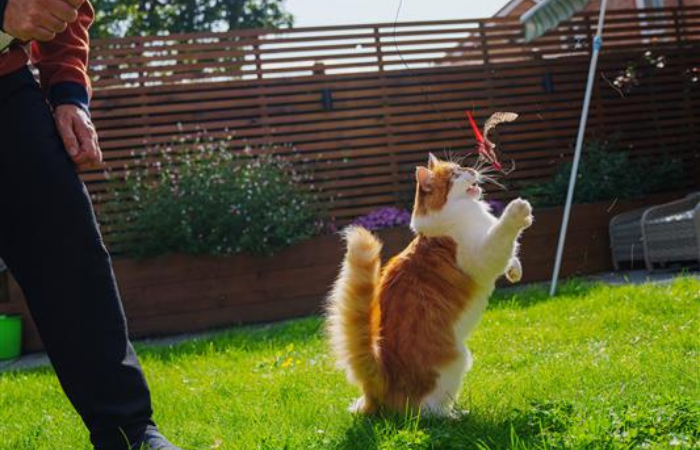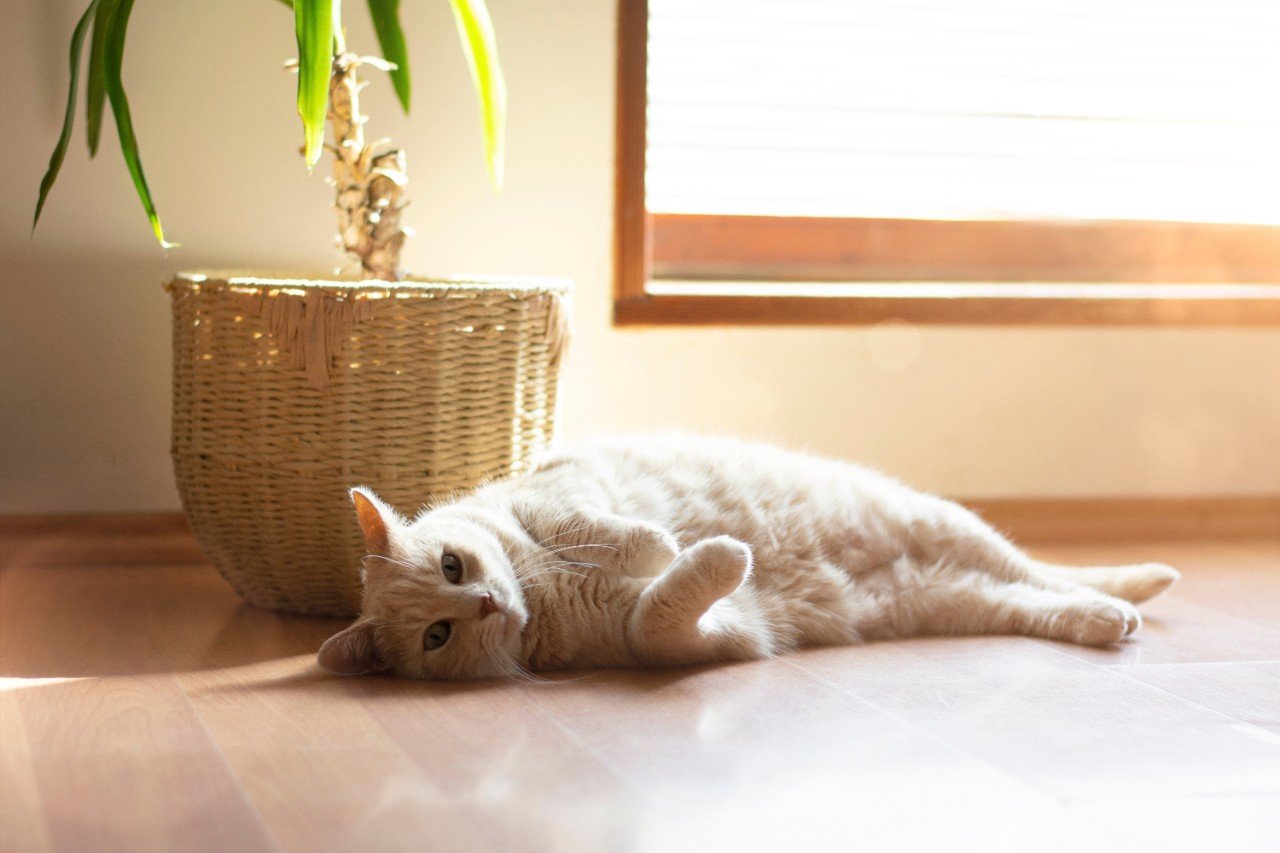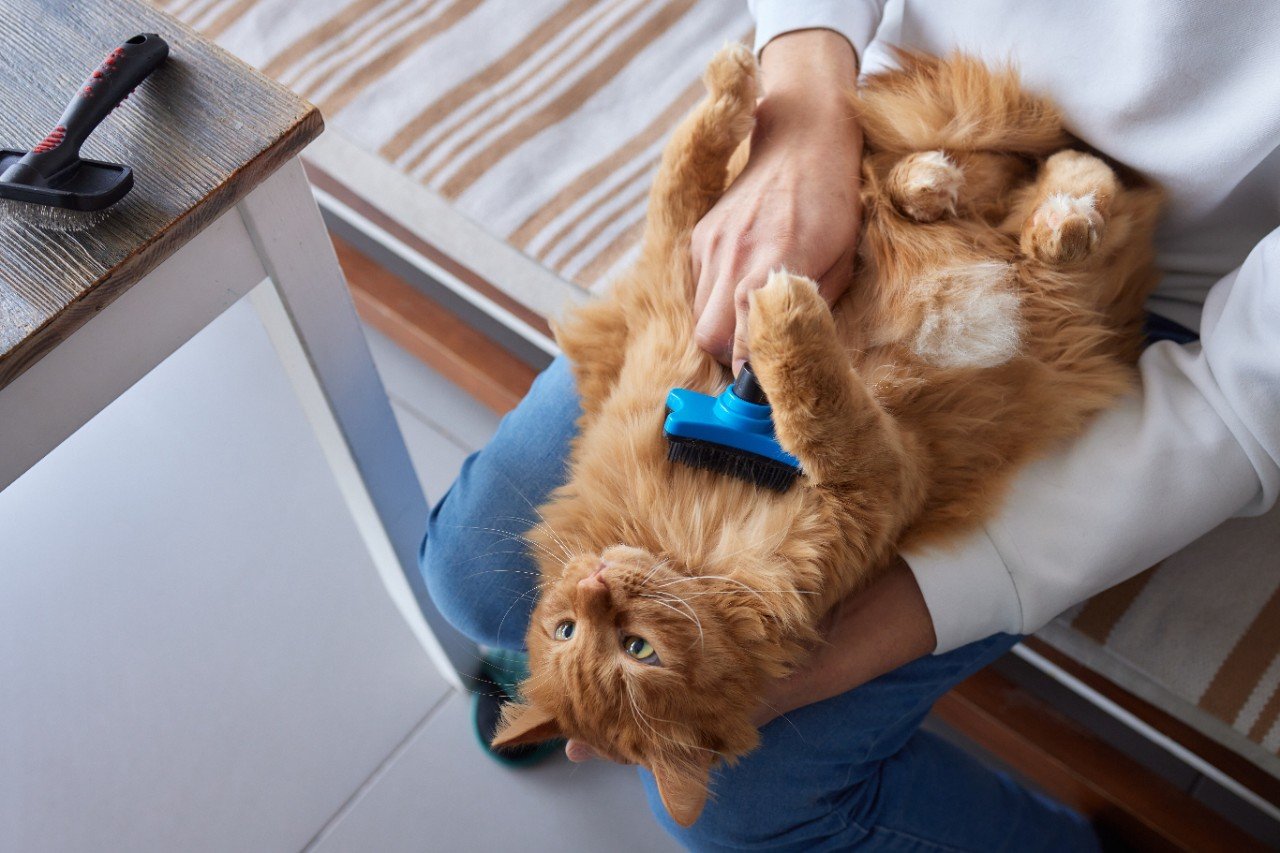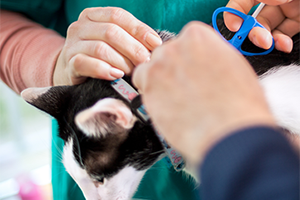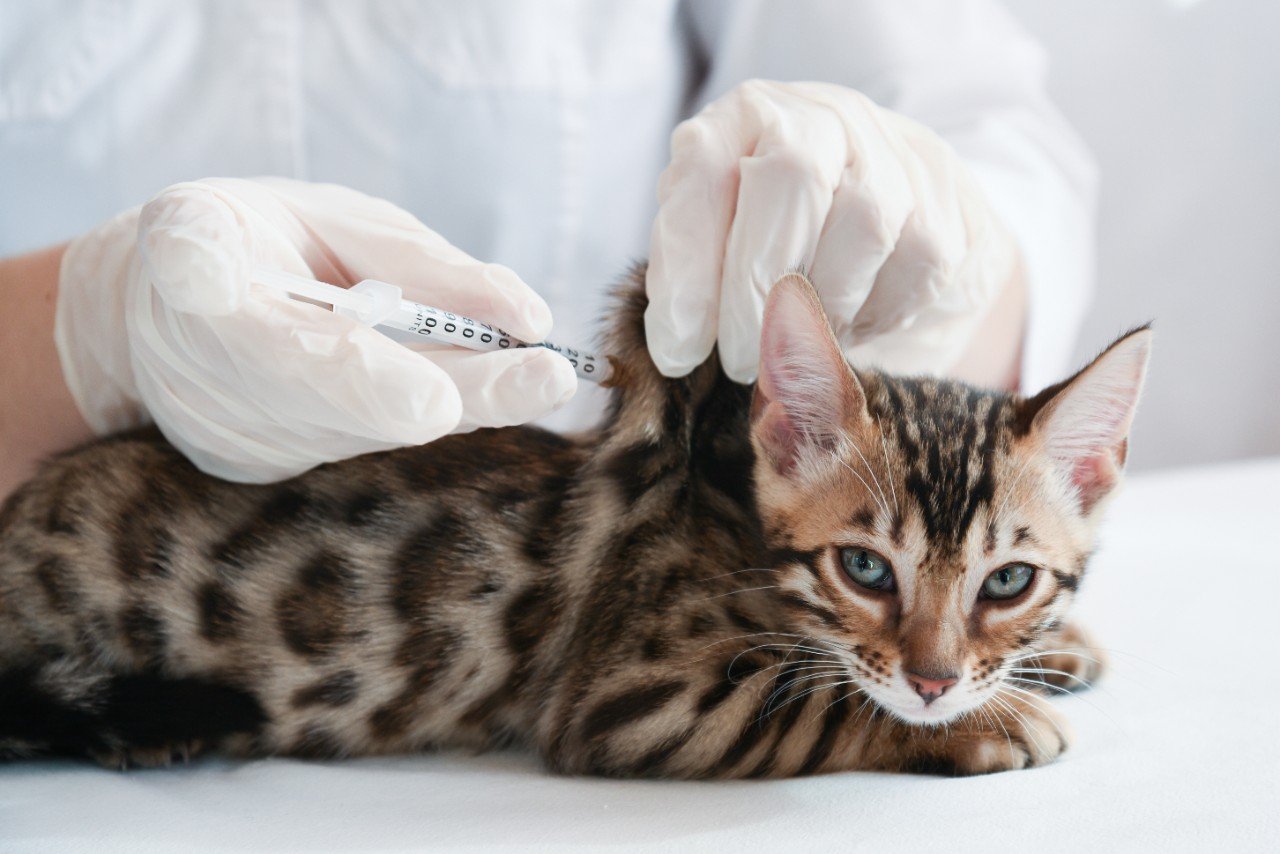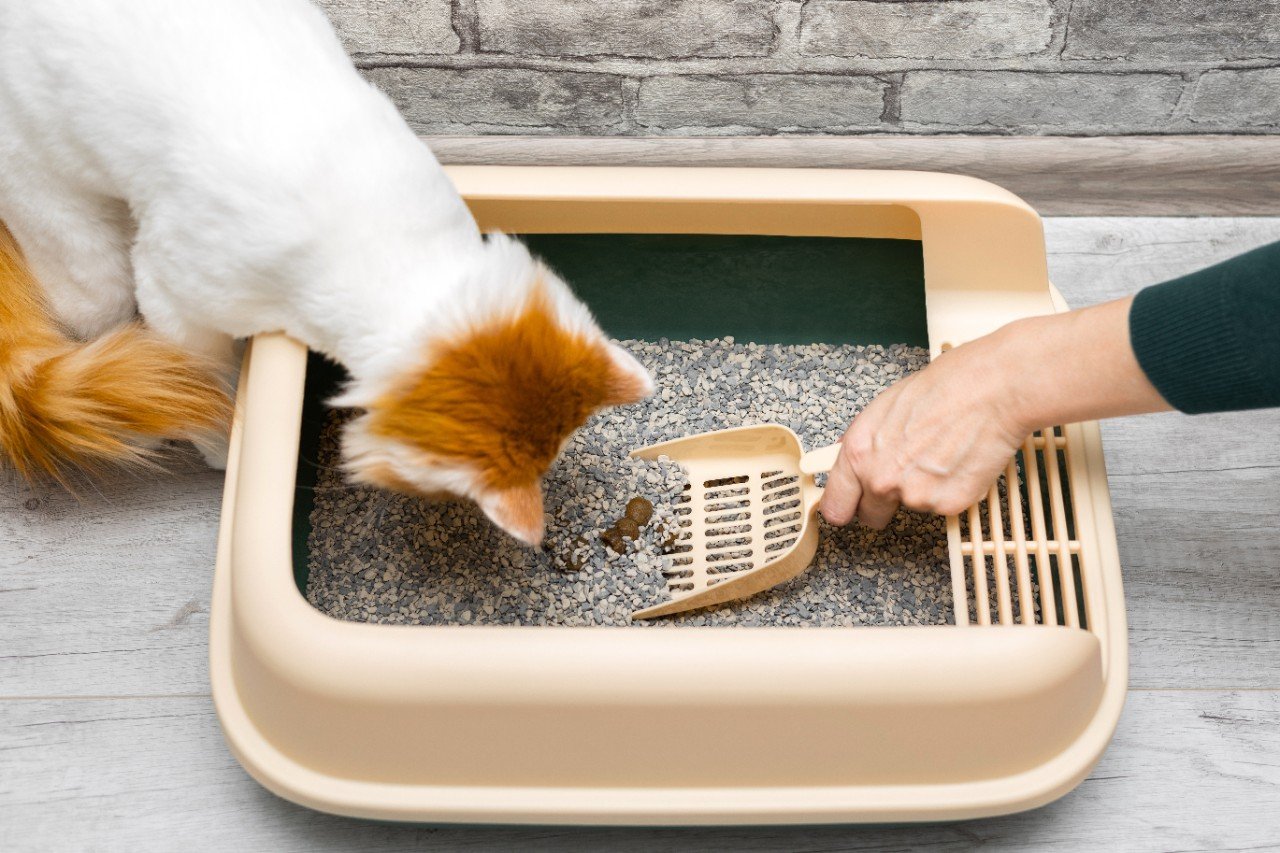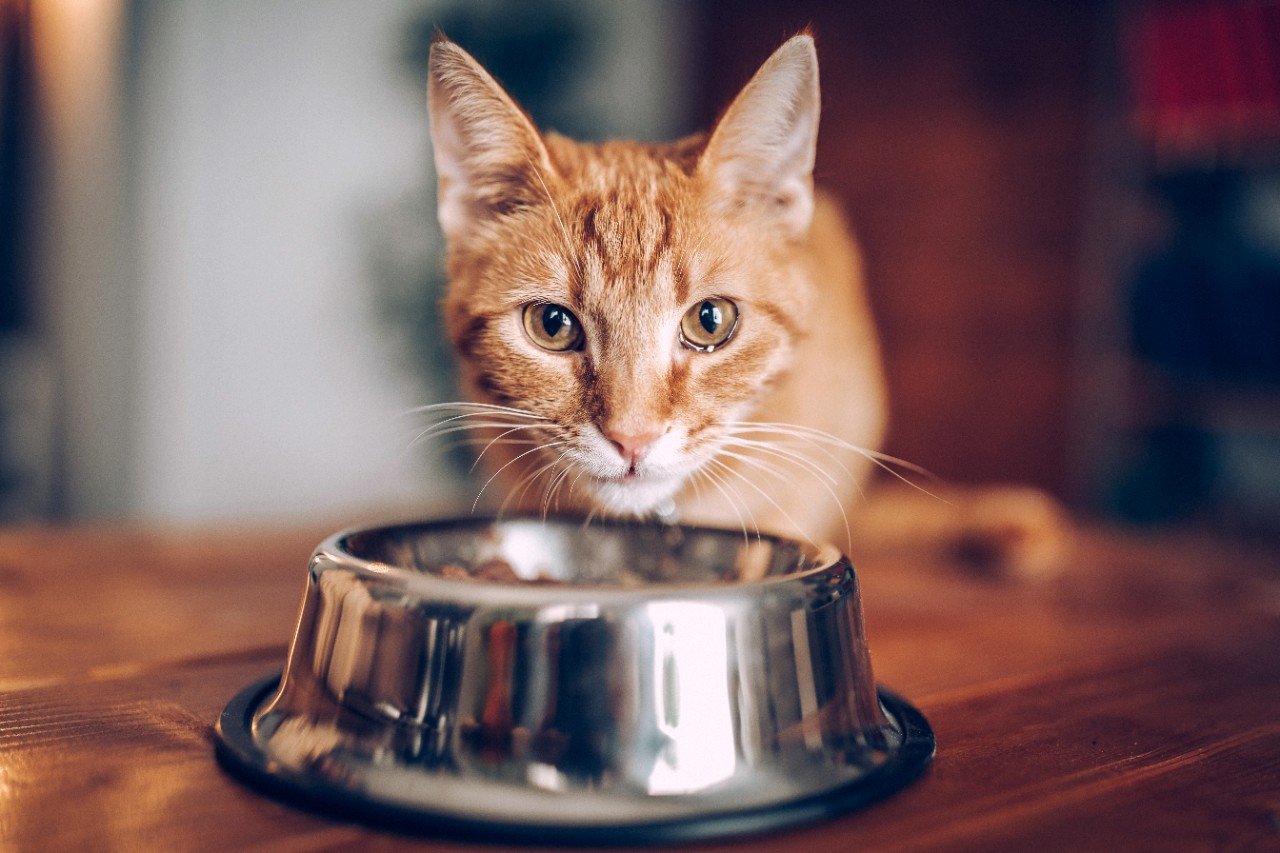Ragamuffin cats are a beautiful cat breed. They love attention from their human companions, and with their affectionate nature they often like to curl up next to someone on the sofa. Ragamuffin cats are also playful and friendly with careful introduction to other pets. They make wonderful family pets and can cope in busy homes with lots of activity.
While their gorgeous coats need some maintenance, they’re easy to groom and love the attention.
Ragamuffin cats have stout, strong torsos with lots of fluffy, soft hair, with some qualities of the Persian cat, such as the large cheeks and the large, piercing blue or green eyes.








